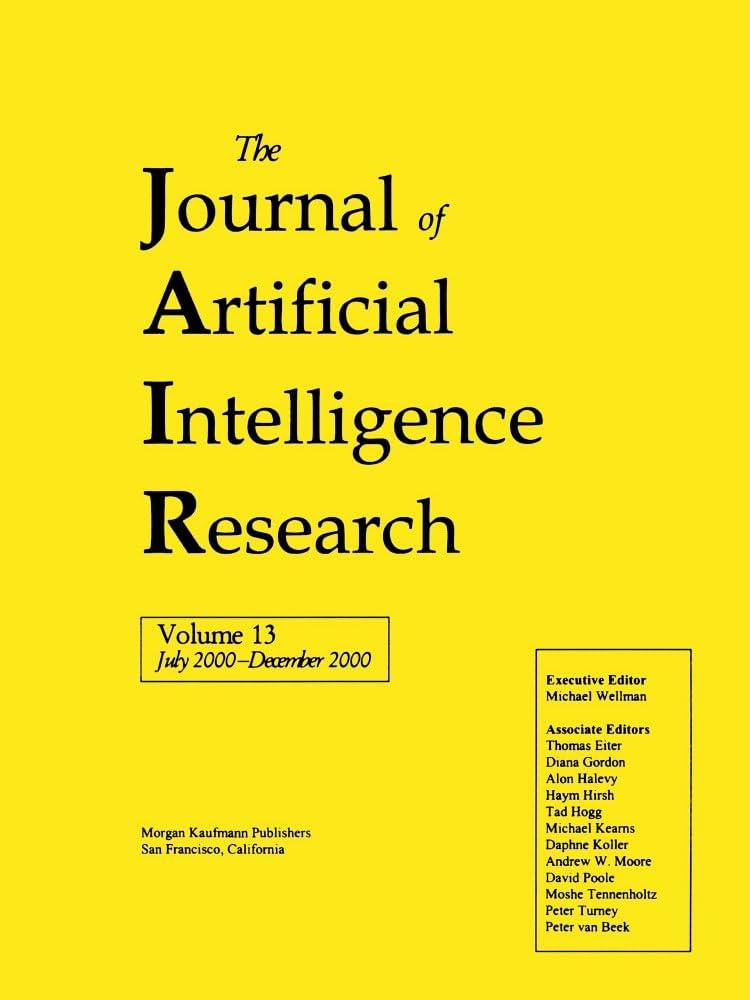基于局部搜索和目标阶段的CDCL优化决策启发式
IF 4
3区 计算机科学
Q2 COMPUTER SCIENCE, ARTIFICIAL INTELLIGENCE
引用次数: 9
摘要
在实际应用中,最先进的SAT求解器主要使用冲突驱动子句学习(CDCL)范式。可满足实例的另一种选择是局部搜索求解器,它在随机和硬组合实例上更成功。尽管已经有人尝试将这些方法组合到一个框架中,但是缺少一种紧密的集成,这种集成可以在广泛的应用程序实例集上提高技术水平。我们提出了一种实现这种改进的技术组合。我们的第一个贡献是通过一种称为目标阶段的技术坚持和扩展有前途的任务,以局部搜索方式最大化CDCL中的任务轨迹。其次,我们通过再次扩展有希望的分支来完成任务而忽略冲突来放松CDCL框架。然后将这些赋值作为局部搜索的起点,试图找到具有较少不满足子句的改进赋值。第三,这些改进的赋值被导入到CDCL循环中,在那里它们被用来确定分配给决策变量的值。最后,在CDCL分支启发式的变量选择中,可以利用局部搜索中变量的冲突频率。我们实施了这些技术来改进三个代表性的CDCL求解器(Glucose, mapelcm DistChronoBT和Kissat)。在2019年至2021年的最后三场SAT竞赛的主要赛道上进行的基准测试以及频谱分配的额外基准测试表明,这些技术带来了显着的改进,特别是在令人满意的实际应用实例上。我们声称,这些技术对于在2020年SAT竞赛中看到的性能大幅提高至关重要,其中Kissat和relax LcmdCbDl NewTech在该领域处于领先地位,其次是CryptoMiniSAT-Ccnr,后者也采用了类似的想法。本文章由计算机程序翻译,如有差异,请以英文原文为准。
Better Decision Heuristics in CDCL through Local Search and Target Phases
On practical applications, state-of-the-art SAT solvers dominantly use the conflict-driven clause learning (CDCL) paradigm. An alternative for satisfiable instances is local search solvers, which is more successful on random and hard combinatorial instances. Although there have been attempts to combine these methods in one framework, a tight integration which improves the state of the art on a broad set of application instances has been missing. We present a combination of techniques that achieves such an improvement. Our first contribution is to maximize in a local search fashion the assignment trail in CDCL, by sticking to and extending promising assignments via a technique called target phases. Second, we relax the CDCL framework by again extending promising branches to complete assignments while ignoring conflicts. These assignments are then used as starting point of local search which tries to find improved assignments with fewer unsatisfied clauses. Third, these improved assignments are imported back to the CDCL loop where they are used to determine the value assigned to decision variables. Finally, the conflict frequency of variables in local search can be exploited during variable selection in branching heuristics of CDCL. We implemented these techniques to improve three representative CDCL solvers (Glucose, MapleLcm DistChronoBT, and Kissat). Experiments on benchmarks from the main tracks of the last three SAT Competitions from 2019 to 2021 and an additional benchmark set from spectrum allocation show that the techniques bring significant improvements, particularly and not surprisingly, on satisfiable real-world application instances. We claim that these techniques were essential to the large increase in performance witnessed in the SAT Competition 2020 where Kissat and Relaxed LcmdCbDl NewTech were leading the field followed by CryptoMiniSAT-Ccnr, which also incorporated similar ideas.
求助全文
通过发布文献求助,成功后即可免费获取论文全文。
去求助
来源期刊

Journal of Artificial Intelligence Research
工程技术-计算机:人工智能
CiteScore
9.60
自引率
4.00%
发文量
98
审稿时长
4 months
期刊介绍:
JAIR(ISSN 1076 - 9757) covers all areas of artificial intelligence (AI), publishing refereed research articles, survey articles, and technical notes. Established in 1993 as one of the first electronic scientific journals, JAIR is indexed by INSPEC, Science Citation Index, and MathSciNet. JAIR reviews papers within approximately three months of submission and publishes accepted articles on the internet immediately upon receiving the final versions. JAIR articles are published for free distribution on the internet by the AI Access Foundation, and for purchase in bound volumes by AAAI Press.
 求助内容:
求助内容: 应助结果提醒方式:
应助结果提醒方式:


